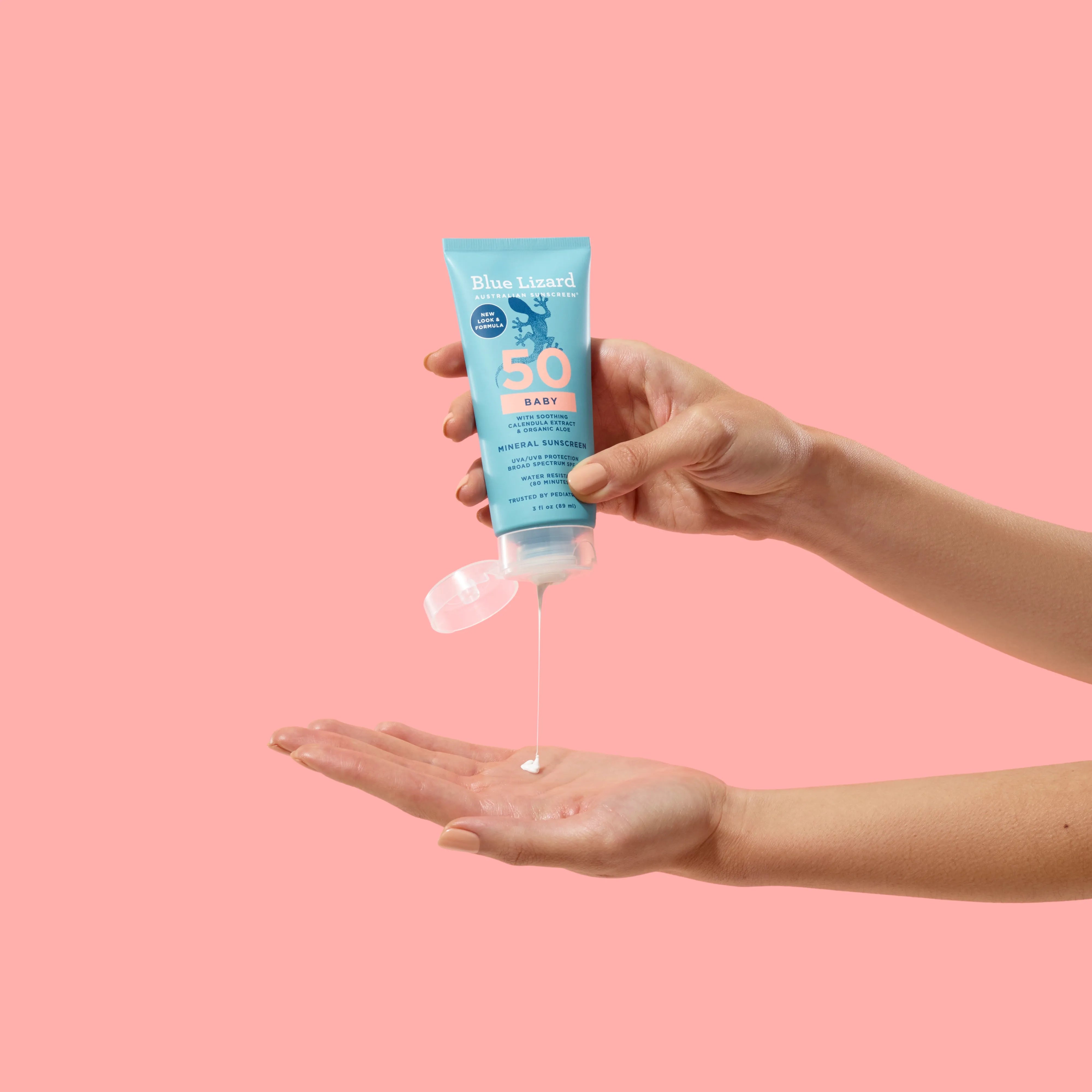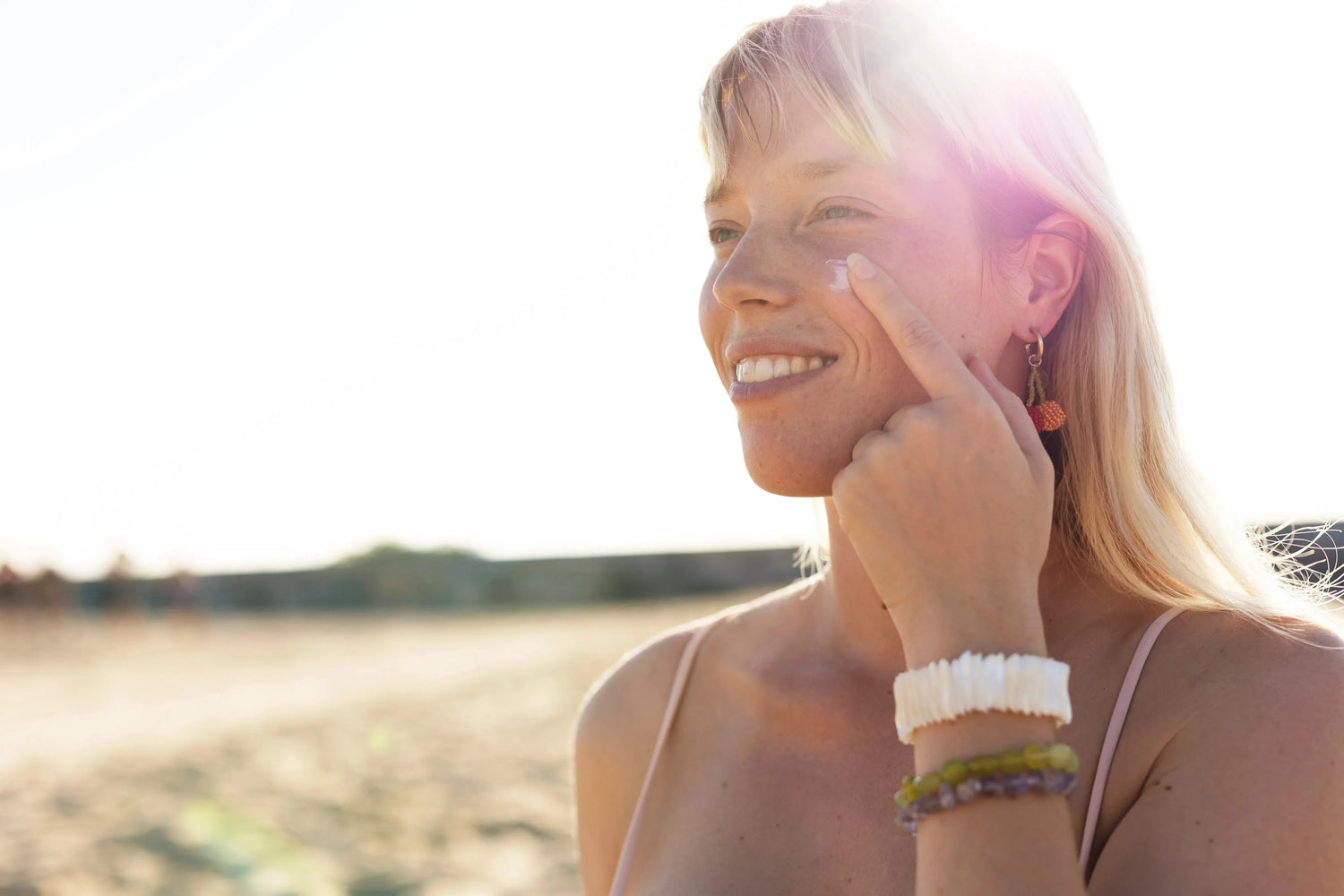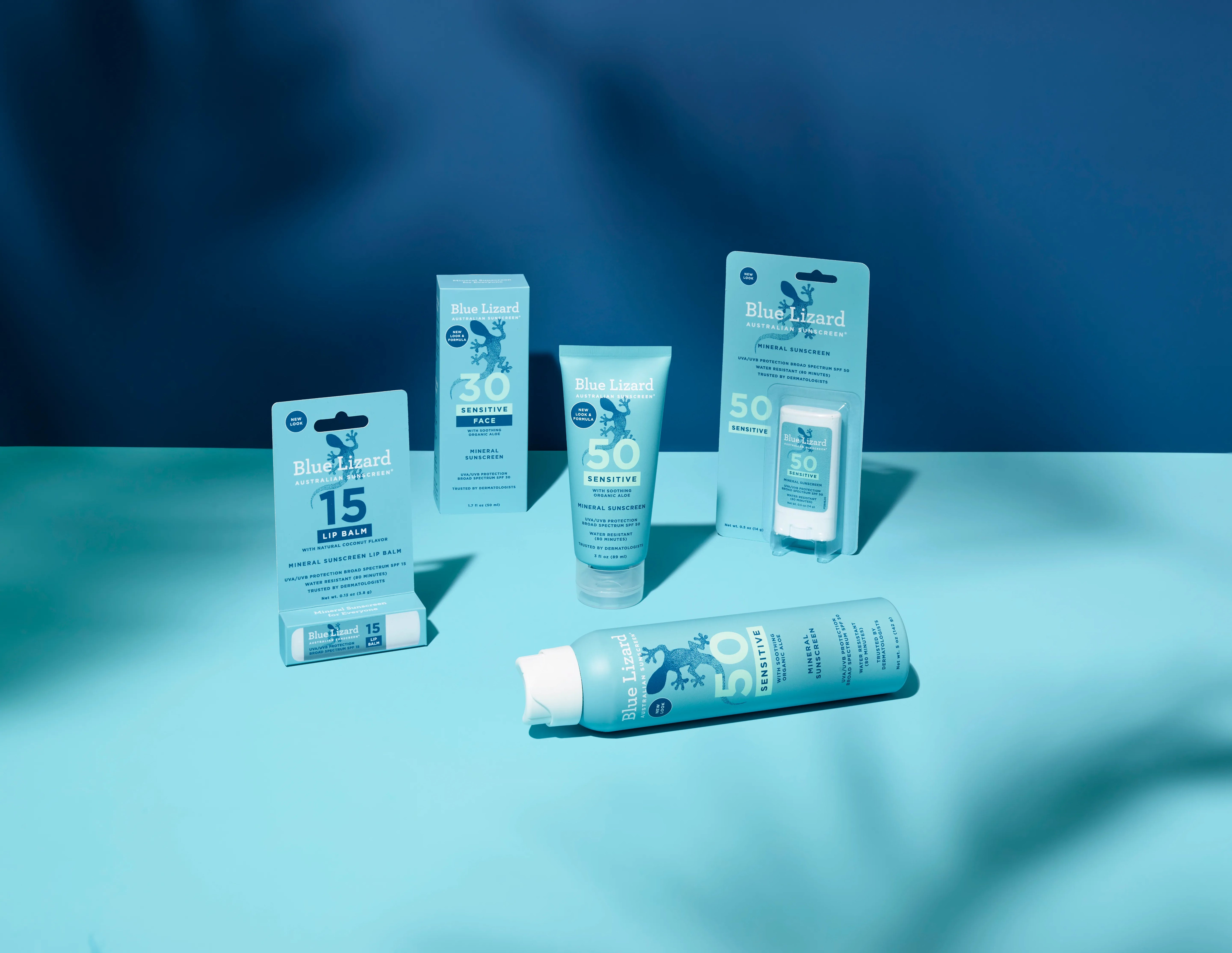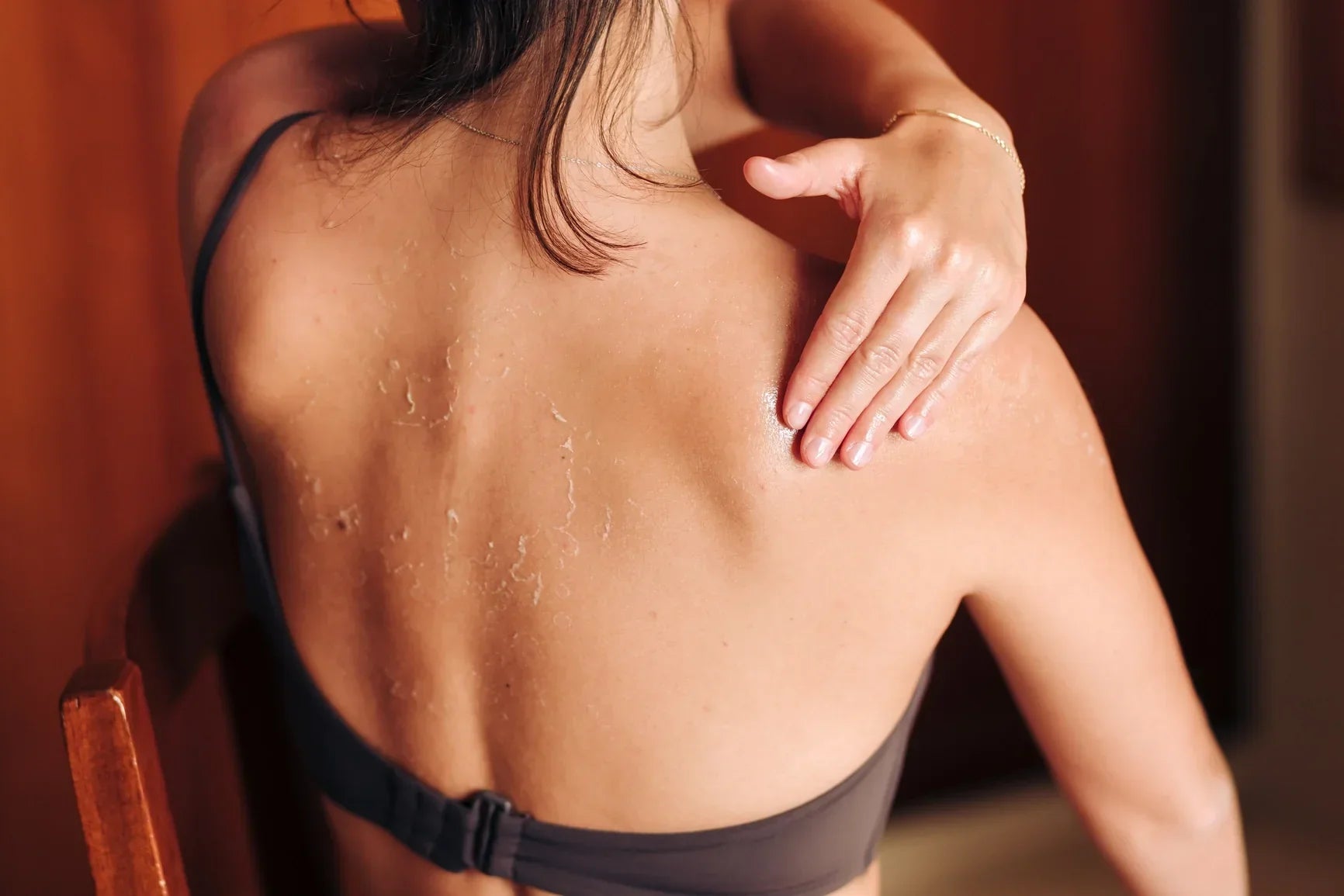There are lots of myths and misconceptions concerning sunscreens. To set the record straight, here’s a list of some of the most common misconceptions about sunscreen and why you should not believe them.

If SPF 30 is good, then SPF 70+ is better.
Not by very much. A sunscreen with SPF 30 protects against 97 percent of the sun’s UVB rays, the ones that contribute to skin cancer. After that, it really does not matter as the difference in sunburn protection between the medium- and high-SPF sunscreens is negligible. Products with higher SPFs often cost more, but you aren’t paying for extra protection just extra potentially skin-irritating chemicals.
Dermatologists suggest that rather than focusing on the SPF number, it's more important to choose a broad-spectrum sunscreen (one that protects against both UVB and UVA rays), to focus on wearing enough and to reapply every two hours, especially after swimming or sweating.
Only UVB rays can cause sunburns and skin cancer.
False. It was once thought that UVB rays were the only ones of concern, but the National Skin Cancer Foundation has learned more and more about the damage that UVA rays can also cause. Although they are less intense than UVB, UVA rays are 30 to 50 times more prevalent. UVA, which penetrates the skin more deeply than UVB, has long been known to play a major part in skin aging and wrinkling (photoaging), but until recently scientists believed it did not cause significant damage in areas of the epidermis (outermost skin layer) where most skin cancers occur. Studies over the past two decades, however, show that UVA damages skin cells called keratinocytes in the basal layer of the epidermis, where most skin cancers occur. (Basal and squamous cells are types of keratinocytes.) UVA contributes to and may even initiate the development of skin cancers.
UVB, the chief cause of sunburn, tends to damage the skin's more superficial epidermal layers. It plays a key role in the development of skin cancer and a contributory role in tanning and photoaging.
All sunscreens offer protection from both UVA and UVB rays.
Not true. Only sunscreens labeled “broad spectrum” provide protection from both types of UV rays.
“The best sunscreens are SPF 30 or higher, broad spectrum and water-resistant. Broad spectrum indicates that the product protects against both UVA and UVB,” says Dr. Chesahna Kindred, a dermatologist in Baltimore, Md.
One application of sunscreen lasts all day.
Wrong! This is the biggest mistake people make. All sunscreens, whether water-resistant or not, need to be reapplied at least every two hours, and more often if swimming or sweating.
Sunscreen does not expire.
False. Always check the expiration date on your sunscreen bottle. Since all sunscreens are regulated by the FDA, if your sunscreen does not include an expiration date labeled on the bottle, it is safe to assume the product has a three-year expiration date.

A little dab will do ya!
Using too little sunscreen is also a common mistake that often ends in painful sunburns. Also using popular sunscreen sprays that don’t get rubbed in can result in uneven coverage and thus, a sunburn.
Dr. Kindred says that one ounce of sunscreen, enough to fill a shot glass (or the size of a golf ball), is the amount needed to cover the exposed areas of the body. “Also, do not forget to apply to the ears and parts in scalp. It takes about 15 minutes for the skin to absorb the sunscreen, so apply before going outdoors. Reapply every two hours and immediately after swimming or excessive sweating,” adds Dr. Kindred.
If it’s cloudy, you don’t need sunscreen.
Most of the sun’s UV rays can easily pass through clouds, so an overcast sky offers no protection. Using sunscreen on a cloudy day may be even more important, as the cloud cover will mask the intensity of the sun.
If I have a tan, I don’t need sunscreen.
False! A tan does not protect against sunburn or skin cancer. In fact, UVA is the dominant tanning ray, and we now know that tanning, whether outdoors or in a salon, causes cumulative damage over time. A tan results from injury to the skin's DNA; the skin darkens in an imperfect attempt to prevent further DNA damage. These imperfections, or mutations, can lead to skin cancer.
Using sunscreen alone can prevent skin cancer.
While diligently using sunscreen is important, protecting yourself from the sun requires a three-pronged approach: physical protection from the sun and minimizing exposure, along with using sunscreen. Protective clothing – long sleeve shirts and pants made from tightly woven, natural fabrics – and staying in shaded areas help. Try to limit outdoor time, especially in the middle of the day, and wear a hat and sunglasses.








